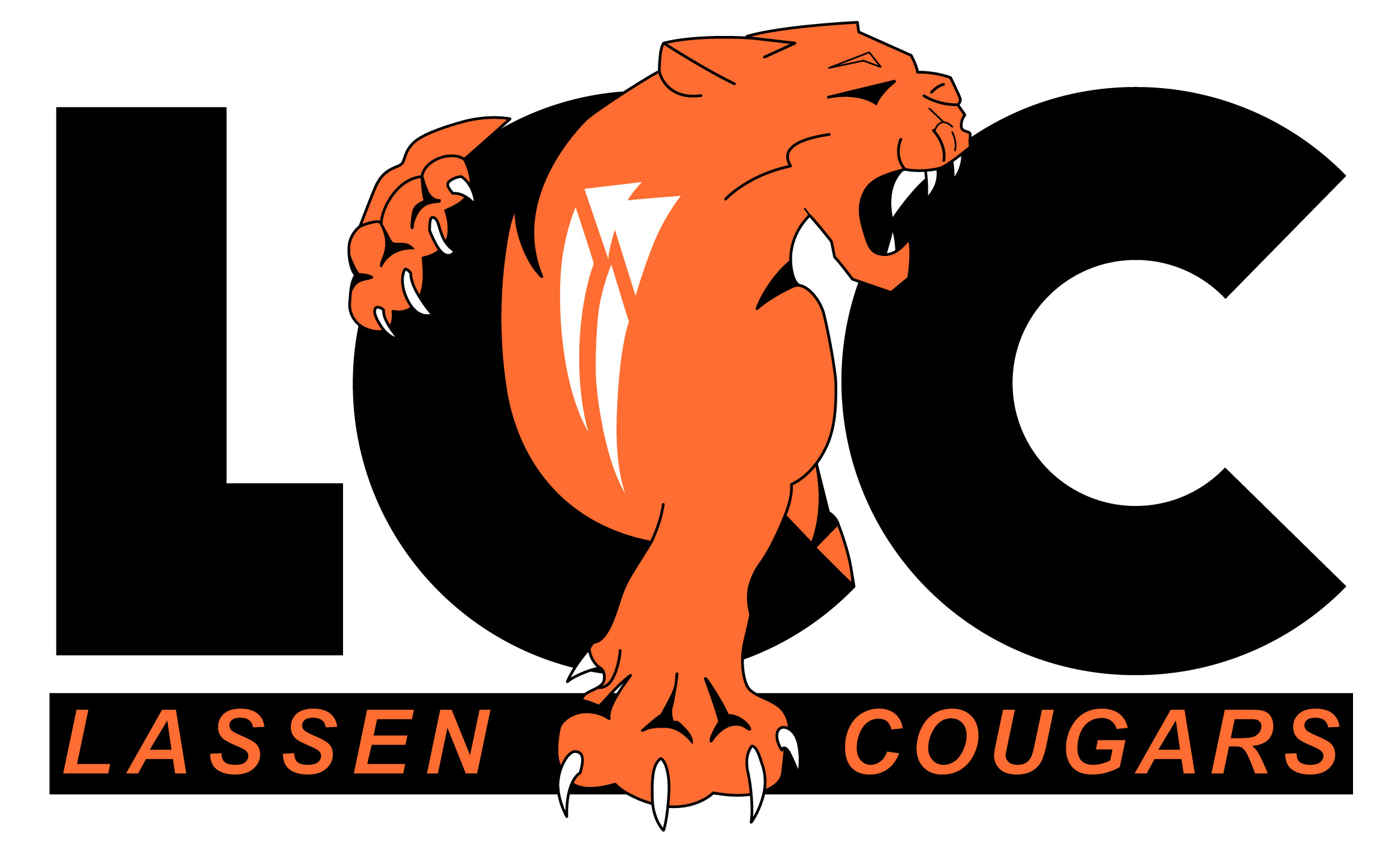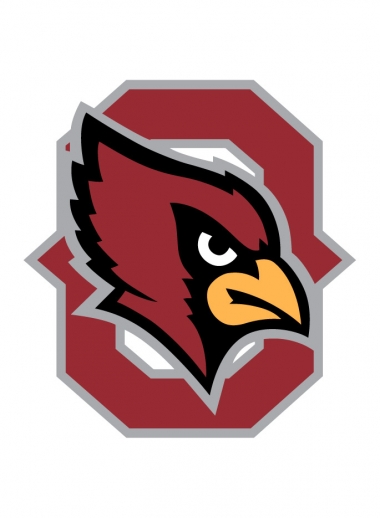Methods of Converting JPG to Vector:
Multiple methods are available to convert JPG files to vector format, allowing you to choose the approach that best suits your needs. One commonly employed technique involves leveraging specialized software or graphic design tools. These tools utilize advanced algorithms to trace and convert raster images into scalable vector paths. Adobe Illustrator, a leading industry software, offers robust tools for vectorizing graphics, providing precise control over the conversion process. By importing the JPG file and applying appropriate settings—such as adjusting the threshold and smoothing options—you can achieve accurate and high-quality vectorization tailored to your requirements.

Another viable method involves outsourcing the conversion task to professional graphic design services. These services employ skilled designers who are adept at converting raster images to vectors. With their expertise and comprehensive knowledge of various techniques, these professionals can ensure optimal results while saving you valuable time and effort. Whether you require vectorized logos, illustrations, or any other visual elements, these services can cater to your specific needs, delivering exceptional quality and unwavering attention to detail.
Benefits of Vectorizing JPG Images:
The process of converting JPG to vector yields numerous benefits that enhance the overall quality and versatility of your visuals. Firstly, as previously mentioned, vector graphics are resolution-independent, enabling you to scale them up or down without any loss in quality. This attribute makes vector graphics ideal for both digital and print applications, ensuring your designs appear crisp and professional across various platforms.
Additionally, vector graphics offer effortless editing and modification capabilities. With individual paths and shapes, you can manipulate elements, change colors, adjust proportions, and even apply special effects, all while preserving the integrity of the image. This versatility empowers you to fine-tune your designs and meet specific project requirements with ease.
Moreover, vectorized graphics provide seamless compatibility across multiple platforms and devices. The SVG format, in particular, enjoys widespread support and can be effortlessly integrated into websites, presentations, and other digital media. By embracing vector graphics, you future-proof your designs and eliminate the need for separate versions or resizing efforts, resulting in a consistent and optimal user experience regardless of the viewing device or screen size.
In the realm of professional business design, creating a strong brand identity is crucial. Logos play a vital role in establishing brand recognition and conveying the essence of your business. Converting your JPEG logo to a vector format allows for unparalleled flexibility and adaptability. Vector logos can be easily scaled up or down, ensuring consistent quality across various mediums, from business cards to billboards. Moreover, the ability to manipulate individual elements and shapes empowers you to refine your logo, tweak color schemes, or make other modifications while retaining the core visual identity of your brand.
Converting JPEG images to scalable vector graphics is a transformative process in professional business design. By harnessing the power of vectorization, you unlock endless possibilities for creating impactful visuals. The ability to scale without sacrificing quality, coupled with easy editing options and cross-platform compatibility, positions vector graphics as the pinnacle of design versatility. Whether you choose software-based conversion or professional services, embracing the conversion process empowers you to elevate your designs and seamlessly adapt them to different media. Don't let the limitations of raster images hold you back—embrace the power of vectorization and unlock the true potential of your JPG files.



